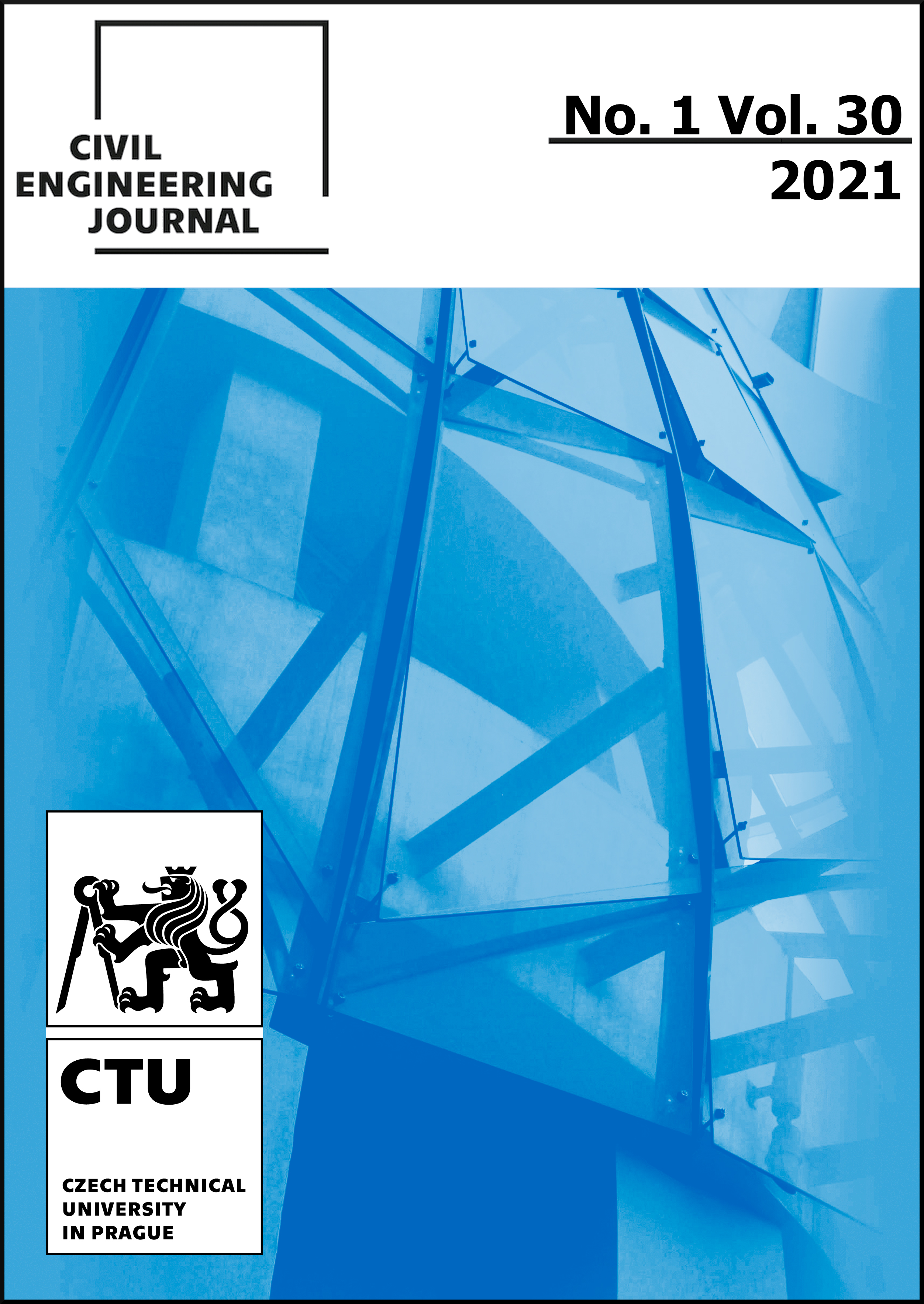JAN SOKOL'S APPROACH TO THE RENEWAL OF MONUMENTS WITH AN EMPHASIS ON HIS ACTIVITIES AT PRAGUE CASTLE
DOI:
https://doi.org/10.14311/CEJ.2021.01.0001Keywords:
Architect Jan Sokol, Historic preservation, Town planning, Prague Castle, Romanesque Palace in Olomouc, St. Vitus Cathedral, Pinkas SynagogueAbstract
This contribution deals with the approach of the architect Jan Sokol to the renovation of monuments within his architectural work. Close attention is paid to the biographical part, as it describes the development of the architect's relation to the history of art and cultural heritage of previous generations. Personalities who influenced him during his studies, but also during architectural practice, are mentioned. It also captures the period when Sokol worked as an employee in a state studio which was focused on the preservation and restoration of monuments. Subsequently, selected buildings and projects designed by this architect in the field of historic preservation are discussed. Of these, the most emphasized are the projects which were created for the area of Prague Castle. To understand these projects, the preserved texts, plans and ideas of the author are used. Unfortunately, many of the discussed projects were not implemented, but they are very valuable in their thought form. And this is one of the reasons why this article iss written, it tries to show the quality of Sokol's projects. Furthermore, the purpose is to point out the personality of the architect, who has not been fully appreciated yet, nevertheless he has inspired several of his students and other architects. In conclusion, it is pointed out that the Sokol's discussed approach was based on a deep knowledge of the construction of the historical buildings and history of art, and that led him to approach to these buildings with a certain humbleness. It is further stated that the architect Jan Sokol was a generally gifted author with an overlap into fields areas.
Downloads
References
Sokol J., Sokol V., 2004. Moje plány: paměti architekta, 113 (Triáda) 344 pp.
Sokol J., Sokol V., 2004. Moje plány: paměti architekta, 133 (Triáda) 344 pp.
Sokol J., Sokol V., 2004. Moje plány: paměti architekta, 206 (Triáda) 344 pp.
Sokol J., Sokol V., 2004. Moje plány: paměti architekta, 207 (Triáda) 344 pp.
Sokol J., Sokol V., 2004. Moje plány: paměti architekta, 272-273 (Triáda) 344 pp.
Sokol J., Sokol V., 2004. Moje plány: paměti architekta, 164 (Triáda) 344 pp.
Sokol J., Sokol V., 2004. Moje plány: paměti architekta, 235 (Triáda) 344 pp.
Sokol J., Sokol V., 2004. Moje plány: paměti architekta, 238 (Triáda) 344 pp.
Sokol J., Sokol V., 2004. Moje plány: paměti architekta, 242 (Triáda) 344 pp.
Sokol J., Sokol V., 2004. Moje plány: paměti architekta, 239-240 (Triáda) 344 pp.
Urbanová Kasanová K., 2010. Tvůrčí proces architekta Jana Sokola, 76 (ČVUT v Praze, Fakulta architektury) 344 pp.
Sokol J., Sokol V., 2004. Moje plány: paměti architekta, 211 (Triáda) 344 pp.
Sokol J., Sokol V., 2004. Moje plány: paměti architekta, 212 (Triáda) 344 pp.
Sokol J., Sokol V., 2004. Moje plány: paměti architekta, 251 (Triáda) 344 pp.
Sokol J., Sokol V., 2004. Moje plány: paměti architekta, 252 (Triáda) 344 pp.
Downloads
Published
Issue
Section
License
Copyright (c) 2021 Author

This work is licensed under a Creative Commons Attribution-NonCommercial 4.0 International License.
Authors who publish with this journal agree to the following terms:
- Authors retain copyright and grant the journal right of first publication with the work simultaneously licensed under a Creative Commons Attribution License that allows others to share the work with an acknowledgement of the work's authorship and initial publication in this journal.
- Authors are able to enter into separate, additional contractual arrangements for the non-exclusive distribution of the journal's published version of the work (e.g., post it to an institutional repository or publish it in a book), with an acknowledgement of its initial publication in this journal.
- Authors are permitted and encouraged to post their work online (e.g., in institutional repositories or on their website) prior to and during the submission process, as it can lead to productive exchanges, as well as earlier and greater citation of published work (See The Effect of Open Access).











